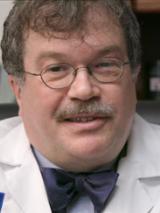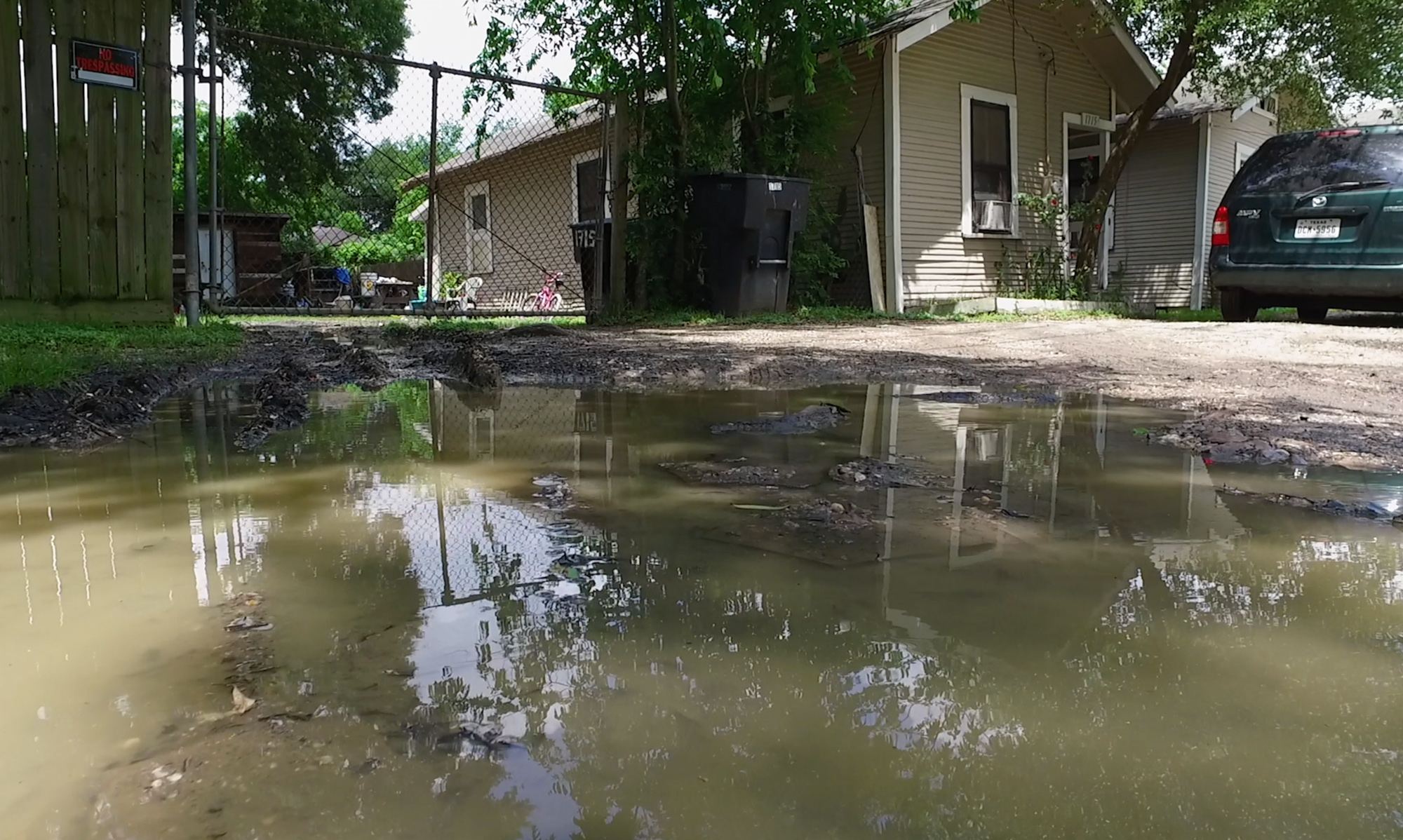
Newsletter
Sign up and stay in-the-know about The Crowd & The Cloud and the world of citizen science.


My name is Peter Hotez, and I’m the Dean of the National School of Tropical Medicine.
What is the role of the National School of Tropical Medicine?
The National School of Tropical Medicine is one of the first schools of its kind committed to research, education, and training on diseases of poverty. We actually call them “Neglected Tropical Diseases”, which is a bit of a misnomer. They’re first and foremost diseases of the poor. We’re making vaccines and diagnostics for diseases of poverty that the big pharmaceutical companies are not in the position to take on, because the people on the receiving end of these interventions often can’t afford to pay for them. These are diseases such as hookworm, Schistosomiasis, or Chagas disease. And now the Zika virus infection that first and foremost affects people who live in extreme poverty.
The really interesting component of what we’ve been doing recently, is we’ve been able to turn that global health lens inward and find this hidden burden of poverty and disease right here in Texas and along the Gulf Coast. So, what we're finding is that Texas and the Gulf Coast, has become one of the latest hot zones for disease and poverty.
We think of impoverished nations in warm tropical climates as having these these kinds of diseases. What brings it here to where we live?
Most of the world's neglected tropical diseases are actually found among the poor living in wealthy economies. While, yes, they're present in devastated countries such as the Democratic Republic of Congo and Central African Republic, when you look at where most of the world's neglected tropical diseases are they're in the G20 countries. But it's the poor living among the wealthy who suffer from these diseases. If you go to Eastern China, for instance, Shanghai and Beijing are incredibly wealthy cities where you do not find neglected tropical diseases. Go into Western China, into Guizhou, the Sichuan, and Yunnan province, you find 175 million people with neglected tropical diseases. Or you go to Brazil. Brazil is the wealthiest economy in Latin America. But you go up into Pernambuco, ParaÌba, Bahia states, you find widespread poverty and disease. That's where we find Schistosomiasis, elephantiasis, and guess what, that's where we find Zika virus infection as well.
If you look at the United States, we also have our own specific focus of poverty and disease. That's mostly on the Gulf Coast. That's one of the reasons why we're here. We think these diseases have been here a long time, it's just that nobody's looking. Zika is new, but many of the others have been here for a while. For example, Chagas Disease is widespread. In Texas, we actually have active transmission of Chagas Disease. I call these diseases "the most important diseases you've never heard of" because they're widespread, but they're widespread among the poor. They don't get the attention on the major news networks and cable news networks.
What do you think the implications of neglecting these diseases really are?
These are the diseases that trap people in poverty, because many of them have long term and debilitating consequences. They make people too sick to work, like Chagas disease. They shave IQ points off of kids, like Toxocariasis, and certainly like Zika virus. They also affect pregnancy outcomes, like the Zika virus. This is a group we sometimes call, "the bottom billion"; the billion poorest people in the world who can't escape poverty. These diseases occur in the setting of poverty and they cause poverty. It's a vicious cycle.
In fact, they are widespread among the poor in the United States. We estimate 12 million Americans are affected by at least one neglected tropical disease. These are important forces that are really preventing people who live in poverty in the US, many of them are people of color, from achieving their full potential.
What do you think we can and should be doing about this?
Globally, we've created this package of medicine that we could give for fifty cents a person for a year for some very specific diseases found in Africa and Asia. But we don't have a simple solution for these neglected infections of poverty in the US. There's a lot of things that we can do that we're not. For instance, we're not doing any active surveillance for these diseases. What that means is that we're not going into poor communities on the Gulf Coast, and actually determining what percentage of the population has Chagas Disease, has toxocariasis, has been exposed to dengue, and is at risk for Zika. We've not done that. We've not really adequately explored how these diseases are transmitted. We're certainly not doing anything in terms of prevention.

We'll see later on about Zika virus infection. Why poor neighborhoods in cities along the Gulf Coast are at risk because people don't have access to window screens, there's environmental degradation, discarded tires, and plastic containers along the side of the road. All of those factors combined create this perfect storm, which explains why we have this kind of level of poverty and disease on the Gulf Coast and why, I think, we're at risk for Zika.
What do you see is the potential role of citizens and citizen science in helping understand this phenomenon and work towards solutions?
At the National School for Tropical Medicine, we are taking a long-range approach. We're making a Chagas disease vaccine, a new diagnostic for Toxocariasis, and other vaccines for neglected tropical diseases. But they're not quick fixes. They take a long time to develop. We're not going to have a Zika vaccine any time soon because of the concerns about Guillain Barre syndrome. And the fact that we're going to have to do clinical testing in women of reproductive age who are pregnant or thinking of becoming pregnant, which is about the highest priority there is from a regulatory perspective.
We can forget about having a Zika vaccine in time for this epidemic. But there's a lot we could be doing now. We're going to need human resources, human capital to move this forward. We need to do surveillance. But we also have to do control. We've never done Aedes aegypti control on the Gulf Coast; it's labor intensive. Aedes aegypti is a mosquito that lives in very close association with humans. They only feed on humans. They live in tires, in flowerpots, in birdbaths. Those have to be emptied.
We sometimes have to go house-to-house to do insecticidal spraying. It's not like the way we do West Nile Virus control, which is the Culex mosquito. You can’t have the big mosquito trucks come by and do fogging or aerial spraying. That's not going to work here. It's going into poor neighborhoods, hard slogging, it is the poster child for citizen science. Remember, it's not highly technical. It's picking up discarded tires near homes. Getting rid of plastic containers that contain standing water. Providing window screens for people who are at risk. Educating pregnant women or women who are thinking of becoming pregnant about the risks, providing them with repellent, and maybe in some cases going in with insecticide into their home. All of these things don't require a PhD, and they don't require an MD.
Right now, the only approach that we have to prevent pregnant women on the Gulf Coast from getting Zika is to prevent them from getting bitten by Aedes aegypti mosquito. Ensuring that we don't see microcephaly cases appearing around the Gulf Coast centers around controlling the Aedes aegypti mosquito. Then, secondly, providing information about how to avoid getting bitten by mosquitoes, applying DEET and other repellents. All of that needs to be done. But all of it has to be done at a very granular level, at a very local level. That's why citizen science has an important role to play.

Do you sometimes feel like you're just swimming upstream against a strong current?
I had great success making people aware of the threat of neglected tropical diseases in places like Africa, South East Asia, and some of the poorest parts of Latin America. I have received buy-in from Congress and USAID to appropriate funds of up to $100 million a year now for a package of neglected tropical disease medicines that's being provided at a cost of fifty cents a person for a year. Literally, we've now treated 450 million people with that package. It's called a “Rapid Impact Package” because it's making such a difference in the lives of the poorest people.
When we found widespread neglected tropical diseases among the poor in the US I naively, in retrospect, assumed, "Wow, this would get a lot of attention. People would really galvanize around this, and take action to control, prevent, treat, and do research on neglected tropical diseases among the 12 million Americans that have these diseases." Quite the opposite happened. There's been silence. Almost zero level of interest at the federal government level, at the state and local levels, and in the media especially. To the point where I've become a little cynical.
During 2014, I was on either MSNBC, Fox, or Bloomberg News almost every day. The question would often come, "Doctor, aren't you worried about the risk of Ebola virus in Dallas, Texas?" I would explain in some detail why Ebola was never going to gain a foothold in either Texas or the United States because we have a health system infrastructure. All of the things they don't have in Guinea, Liberia and Sierra Leone, we have. Then I'd say, “But we do have 12 million Americans living with a neglected tropical disease. Let me tell you about Chagas disease or Toxocariasis.” The response was invariably, "Thank you, Doctor, but we're out of time." This is an inconvenient truth about the diseases.
We have 20 million Americans that live in what's called extreme poverty, half the US poverty level. We have 1.65 million families, according to the University of Michigan Center for Poverty, that live on less than two dollars a day. The same benchmark you would use anywhere to describe a global health problem. We have widespread neglected tropical diseases among that group. Those are the groups that currently have disease and are going to be the most vulnerable.
